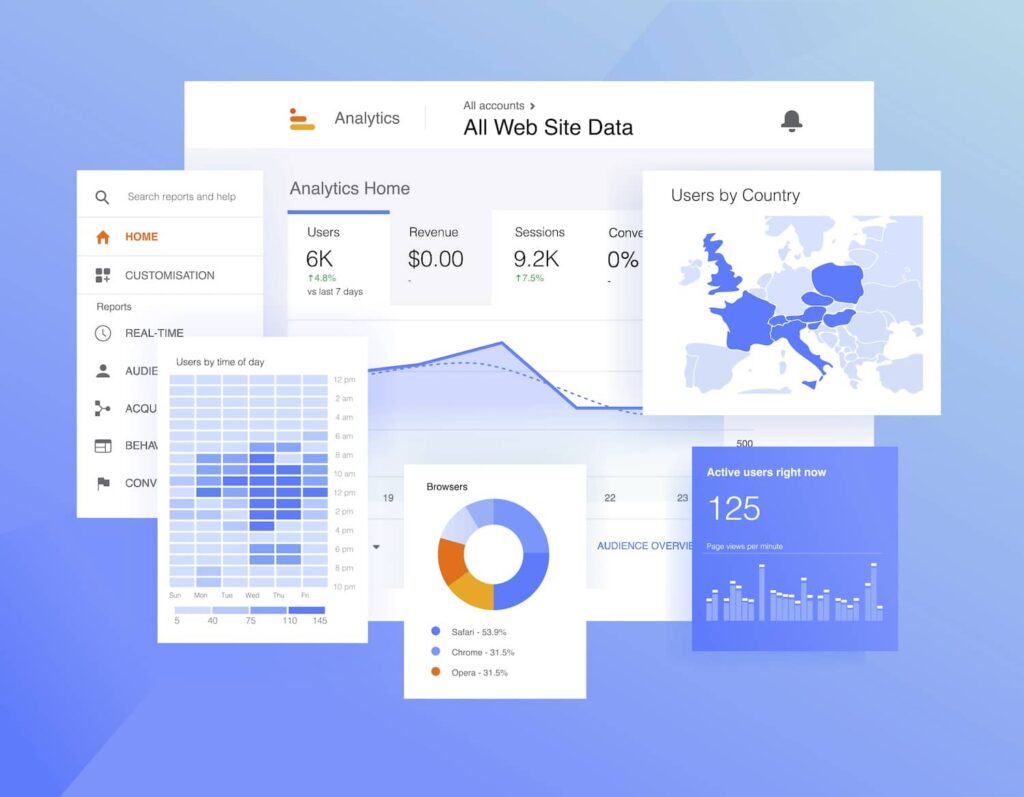Grasping Secondary Dimensions in Google Analytics: Their Significance and Effective Use
Grasping Secondary Dimensions in Google Analytics: Their Significance and Effective Use
Blog Article
Revealing the Influence of Secondary Measurement in Google Analytics on Data Evaluation and Insights
In the world of data analytics, the utilization of second dimensions within Google Analytics has become a crucial device for drawing out much deeper understandings and unraveling complex patterns that could or else stay covered. By peeling off back the layers of main information collections, second measurements provide a nuanced point of view that enriches the understanding of individual behavior, website efficiency, and the effectiveness of advertising approaches. The real influence and untapped potential of second dimensions are often undervalued, outweighed by the appeal of main metrics. As we browse through the detailed landscape of information evaluation, the importance of second dimensions ends up being increasingly apparent, dropping light on important information that hold the trick to educated decision-making and critical optimizations.
Discovering the Principle of Second Measurements
Additional dimensions in Google Analytics give additional understandings by allowing customers to evaluate key data together with an additional feature. This function makes it possible for a much more comprehensive understanding of the key information by including one more layer of details for evaluation. By including second dimensions, individuals can dig deeper right into the information and discover important connections that could otherwise go undetected. As an example, by pairing the main data of web site web traffic with additional dimensions like demographics or behavior, marketers can obtain an extra comprehensive sight of their audience and tailor their approaches appropriately.
By exploring the various second dimensions available in Google Analytics, individuals can unlock new understandings and maximize their electronic marketing efforts. In significance, additional measurements serve as a powerful device for improving data evaluation and driving actionable outcomes.
Enhancing Information Analysis With Second Dimensions
Having developed the foundational understanding of additional dimensions in Google Analytics and their essential duty in data evaluation, the emphasis currently moves towards leveraging these second credit to boost the analysis of analytics data (what is a secondary dimension in google analytics). By integrating second dimensions right into data analysis, experts can get deeper insights into user actions, web site performance, and advertising efficiency

In addition, second measurements assist in contextualizing main data metrics by providing added layers of details. This contextualization aids in understanding the 'why' behind the data patterns, aiding analysts make educated optimizations and choices to boost total performance. Inevitably, integrating second measurements enhances the data interpretation procedure, resulting in even more purposeful insights and tactical actions.
Discovering Hidden Insights With Additional Measurements
Discovering the midsts of analytics information with secondary dimensions reveals beneficial understandings that would certainly or else continue to be obscured. By incorporating secondary measurements in Google Analytics, businesses can discover surprise patterns, patterns, and relationships that offer a more thorough understanding of individual behavior and internet site performance. These additional layers of information permit experts to dig much deeper right into the main measurements, such as web traffic sources or landing web pages, and acquire a more nuanced point of view on exactly how various variables communicate with each other.
Via the usage of secondary measurements, analysts can segment and compare information across different dimensions, allowing them to recognize particular variables that influence individual involvement, conversion rates, and total success metrics. By combining the main measurement of 'gadget category' with the second measurement of 'age team,' marketing experts can determine which age demographics favor accessing the site with mobile gadgets versus desktops.
Leveraging Second Measurements for Actionable Analytics
Structure upon the insights introduced with secondary dimensions in Google Analytics, businesses can currently harness this enriched information landscape to drive workable analytics and critical decision-making. By leveraging secondary measurements, companies can delve much deeper right into their data to extract beneficial patterns, trends, and relationships that might have formerly gone undetected. This deeper degree of analysis allows services to obtain a much more extensive understanding of individual behavior, campaign efficiency, and total web site performance.
One secret advantage of utilizing secondary measurements for workable analytics is the capacity to segment data based on details criteria. This division enables companies to customize their approaches and campaigns to different target market teams, causing extra targeted and effective advertising initiatives - what is a secondary dimension website link in google analytics. Additionally, second measurements supply a more alternative sight of user interactions, allowing organizations to enhance their site material, layout, and total user experience
Maximizing Decision-Making With Secondary Dimensions
To enhance strategic Recommended Reading decision-making in analytics, leveraging second dimensions in Google Analytics can give a more nuanced point of view on customer behavior and campaign efficiency. By including second measurements right into information analysis, services can dig much deeper right into the specifics of their internet site site visitors' communications and engagement patterns. This additional layer of info enables an extra extensive understanding of just how various variables, such as demographics, devices, or website traffic resources, effect crucial efficiency indicators.

Conclusion
In final thought, the usage of additional measurements in Google Analytics plays a crucial function in enhancing information analysis and discovering hidden understandings. By discovering this idea, one can obtain a deeper understanding of customer behavior and make informed decisions based upon actionable analytics. Leveraging additional measurements allows for an extra extensive analysis of data and optimizes the effectiveness of decision-making processes.

Report this page